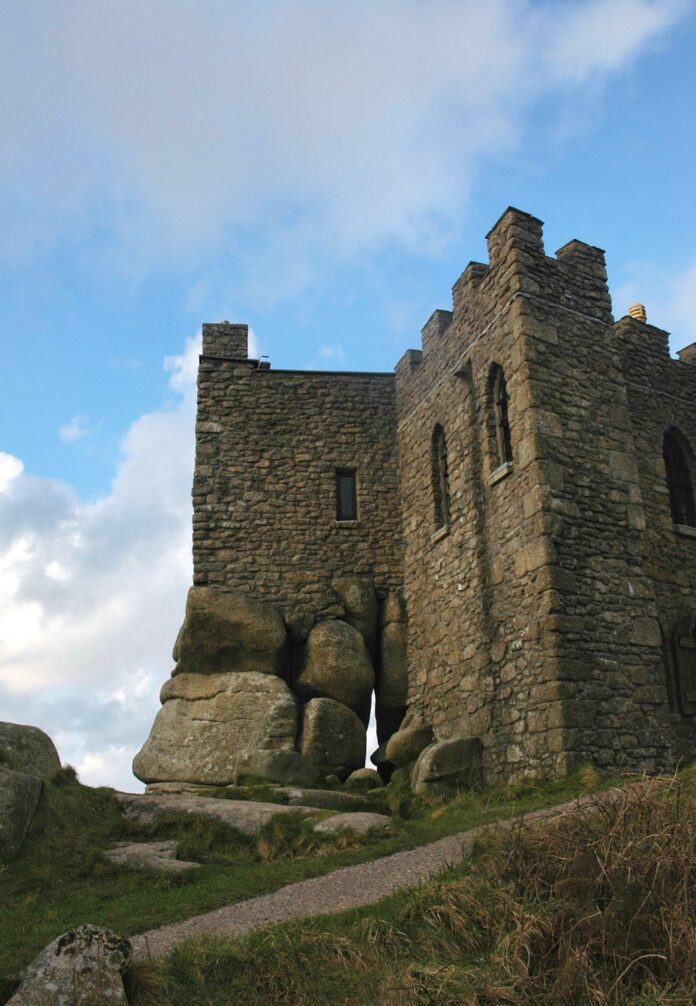Nestled on the rugged Carn Brea in Cornwall, England, Carn Brea Castle stands as a testament to both medieval architecture and 18th-century grandeur. Originally constructed as a chapel in the 14th century, this stone building has undergone significant transformations, evolving from a humble religious site into a romantic hunting lodge and later into a renowned restaurant. This article delves into the history, architecture, and cultural significance of Carn Brea Castle.
Historical Origins and Early Use
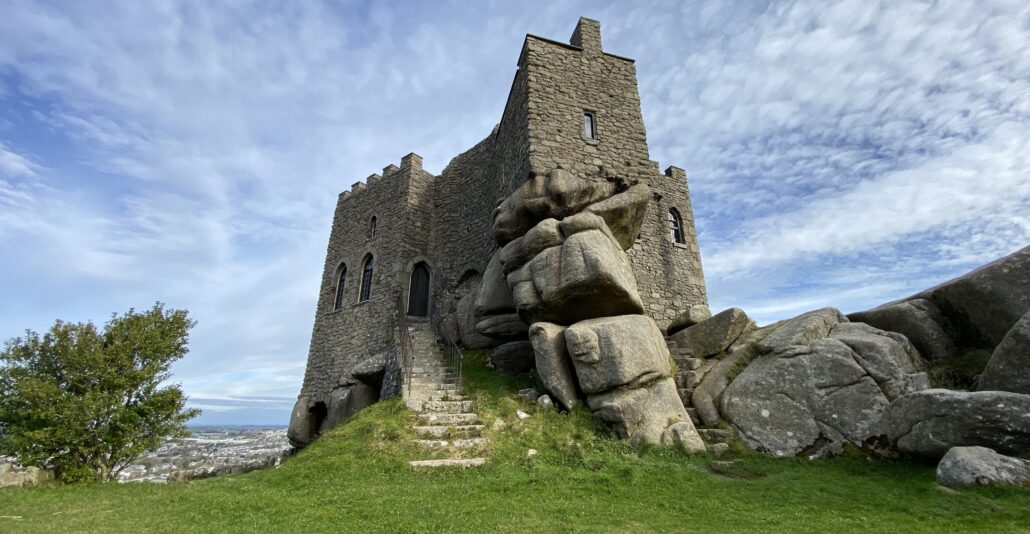
Carn Brea Castle’s origins trace back to 1379 when it was initially built as a chapel, likely dedicated to St. Michael. The earliest records, including those by antiquarian William Worcester, describe the site as one of many towers scattered across the Cornish peninsula. Worcester noted that there were 32 castles in Cornwall, with Carn Brea being identified as a notable structure among them.
18th-Century Transformation
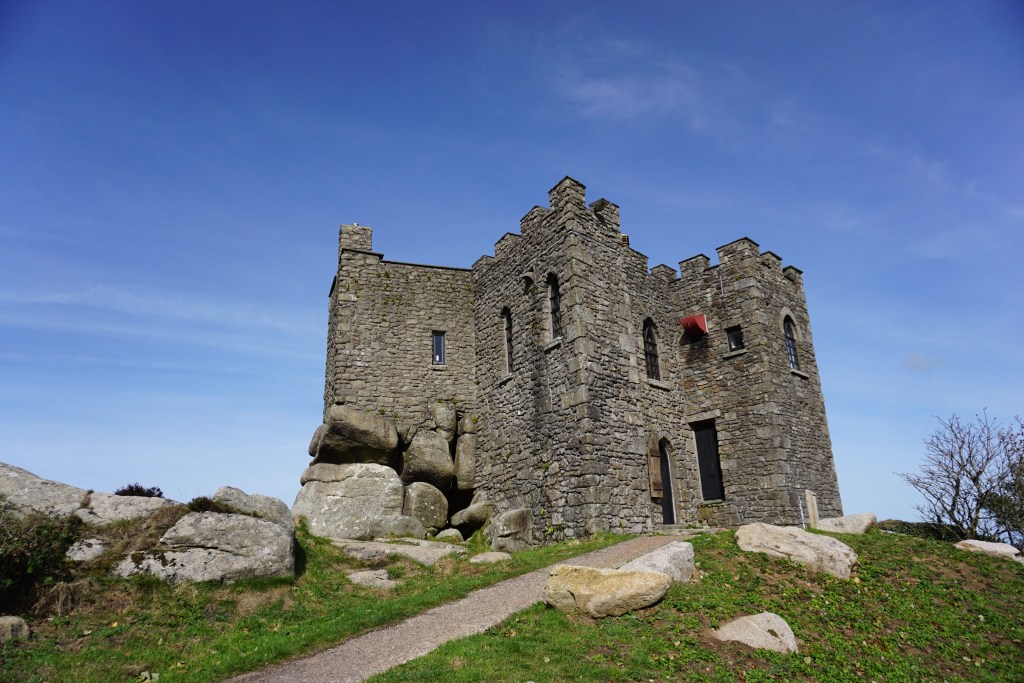
The castle underwent extensive remodeling in the 18th century, primarily by the Basset family. This transformation was part of a broader trend where grandiose follies were constructed to evoke the romantic ideal of medieval castles. The Basset family envisioned Carn Brea Castle as a hunting lodge rather than a traditional dwelling. This redesign introduced its signature features: four rectangular turrets, an irregular layout, and an embattled parapet, all integrated into a large stone outcrop with a steep drop at the rear.
Architectural Features
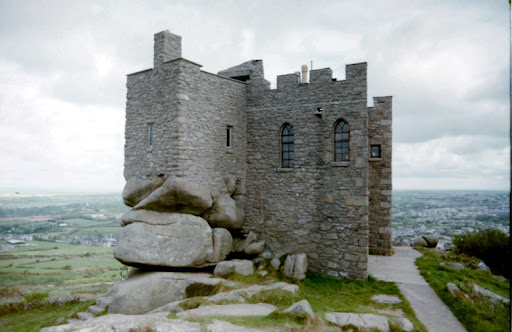
Carn Brea Castle is a quintessential example of a folly—a decorative building designed to resemble a medieval or Gothic castle. The structure, measuring approximately 60 by 10 feet (18.3 by 3.0 meters), showcases an irregular layout with its four turrets surrounding a central core. The choice of granite stone and the integration of large, uncut boulders into the foundation contribute to its dramatic appearance, making it seem as though the castle is melding into the surrounding landscape.
Beacon and Later Years

In the late 19th century, the castle served an additional practical purpose as a beacon for ships. In 1898, its lease stipulated that a light be displayed in the north-facing window to aid maritime navigation. However, the castle fell into periods of disrepair from the 1950s to the 1970s before being privately renovated between 1975 and 1980. English Heritage recognized its historical value by listing it as a Grade II building in 1975.
Modern Uses and Cultural Impact
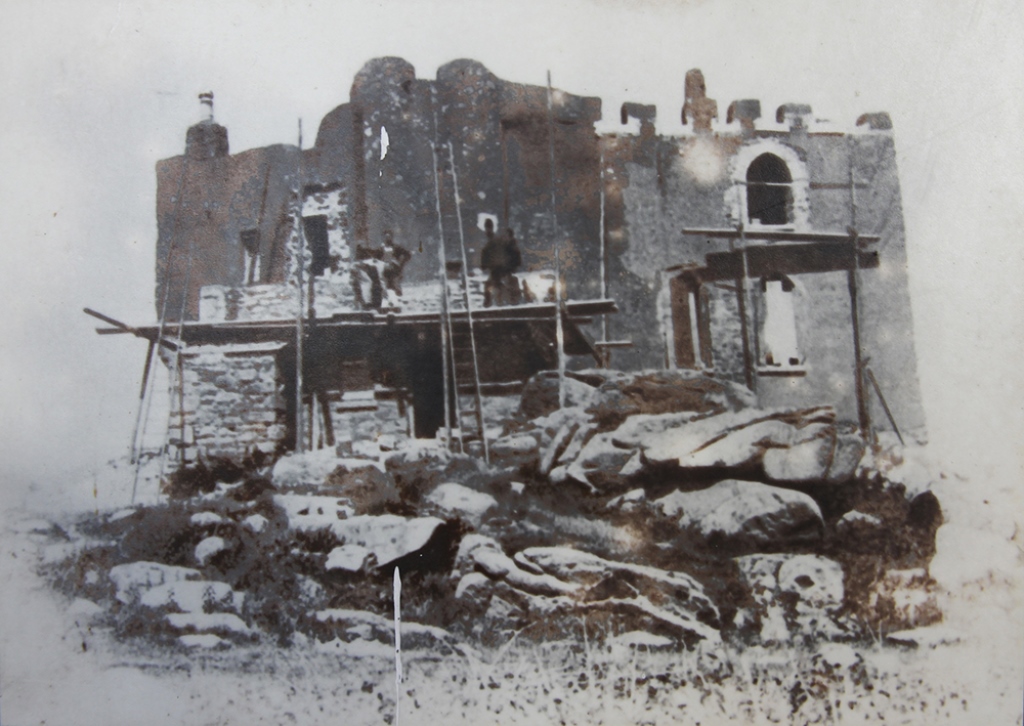
By the 1980s, Carn Brea Castle was transformed into a restaurant specializing in Middle Eastern cuisine. Its unique charm and historical significance have made it a notable location in popular culture. The castle featured in the 1983 James Bond film Never Say Never Again, appearing as two cruise missiles armed with nuclear warheads flew over the English countryside, passing directly over the castle and the nearby Basset monument.
In a curious turn of events, a stolen Ford Anglia, famously featured in the Harry Potter films, was discovered at the castle in 2006. This addition to its storied past highlights the castle’s continued relevance and appeal.
Conclusion
Carn Brea Castle, with its rich history and striking architecture, remains a captivating site on Cornwall’s landscape. From its origins as a chapel to its transformation into a romantic folly and later use as a restaurant, the castle embodies a diverse heritage. Its appearances in films and its connection to historical maritime navigation only add to its allure, ensuring that Carn Brea Castle continues to intrigue and inspire visitors and historians alike.
